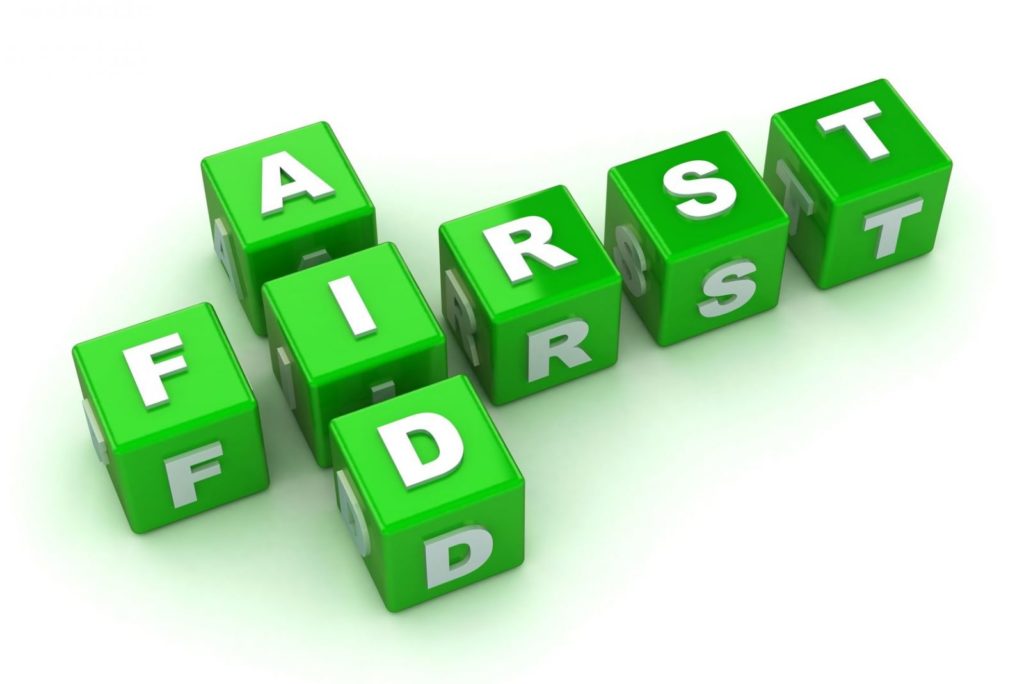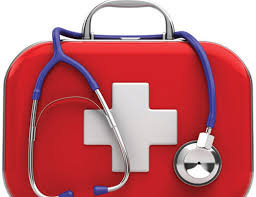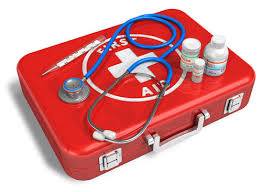
Globally, millions of people die each year as a result of accidents or serious injury. Unfortunately,  many of those deaths could have been prevented had first aid been administered at the scene immediately, before the emergency services arrived. First aid, or emergency first aid is the care that is given to an injured or sick person prior to treatment by medically trained personnel.
many of those deaths could have been prevented had first aid been administered at the scene immediately, before the emergency services arrived. First aid, or emergency first aid is the care that is given to an injured or sick person prior to treatment by medically trained personnel.
Some self-limiting illnesses or minor injuries may only require first aid intervention, and no further treatment. First aid generally consists of some simple, often life-saving techniques that most people can be trained to perform with minimal equipment. First aid usually refers to administration of care to a human, although it can also be done on animals. The aim of first aid is to prevent a deterioration of the patient’s situation, to aid recovery, and to preserve life. Technically, it is not classed as medical treatment and should not be compared to what a trained medical professional might do. First aid is a combination of some simple procedures, plus the application of common sense.
Aims of first aid:
- To preserve life – this is the main aim of first aid; to save lives. This includes the life of the first aider, the casualty (the victim, the injured/sick person), and bystanders.
- To prevent further harm – the patient must be kept stable and his/her condition must not worsen before medical services arrive. This may include moving the patient out of harm’s way, applying first aid techniques, keeping him/her warm and dry, applying pressure to wounds to stop bleeding, etc.
- Promote recovery – this may include applying a plaster (bandage) to a small wound; anything that may help in the recovery process.


What are the vital first aid skills?
ABC (and sometimes D) The most common term referred to in first aid is ABC, which stands for Airway, Breathing, and Circulation. In fact, the term also is commonly used among emergency health professionals. The D stands for Deadly bleeding or Defibrillation.
- Airway – the first aider needs to make sure the casualty’s airway is clear. Chocking, which results from the obstruction of airways, can be fatal.
- Breathing – when the first aider has determined that the airways are not obstructed, he/she must determine the casualty’s adequacy of breathing, and if necessary provide rescue breathing.
- Circulation – if the casualty is not breathing the first aider should go straight for chest compression and rescue breathing. The chest compression will provide circulation. The reason is time – checking circulation to a non-breathing casualty consumes time that could be used with chest compression and rescue breathing. With less serious casualties (those that are breathing), the first aider needs to check the casualty’s pules.
- Deadly bleeding or Defibrillation – some organizations have this fourth step, while others include this as part of circulation.

How to evaluate and maintain the ABC of a patient depends on how well trained the first aider is. As soon as ABC has been secured the first aider can then focus on any additional treatments.
Some organizations use the 3Bs system, which stands for Breathing, Bleeding, and Bones, while others use 4Bs, which stands forBreathing, Bleeding, Brain, and Bones.
ABCs and 3Bs are taught to be carried out in order of sequence. However, there are times when the first aider may be performing two steps at the same time, as might be the case when providing rescue breathing and chest compression to a casualty who is not breathing and has no pulse.
Click the below links for each Subject

